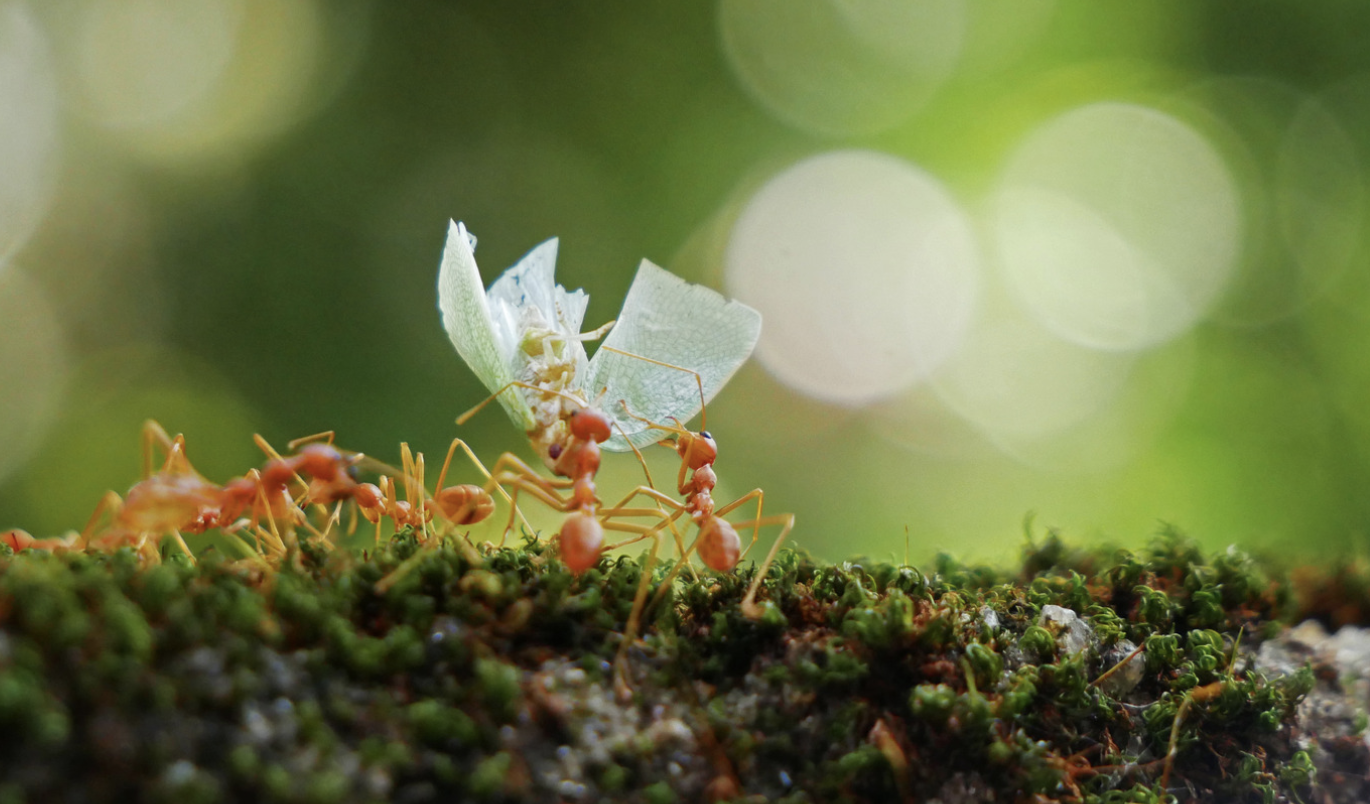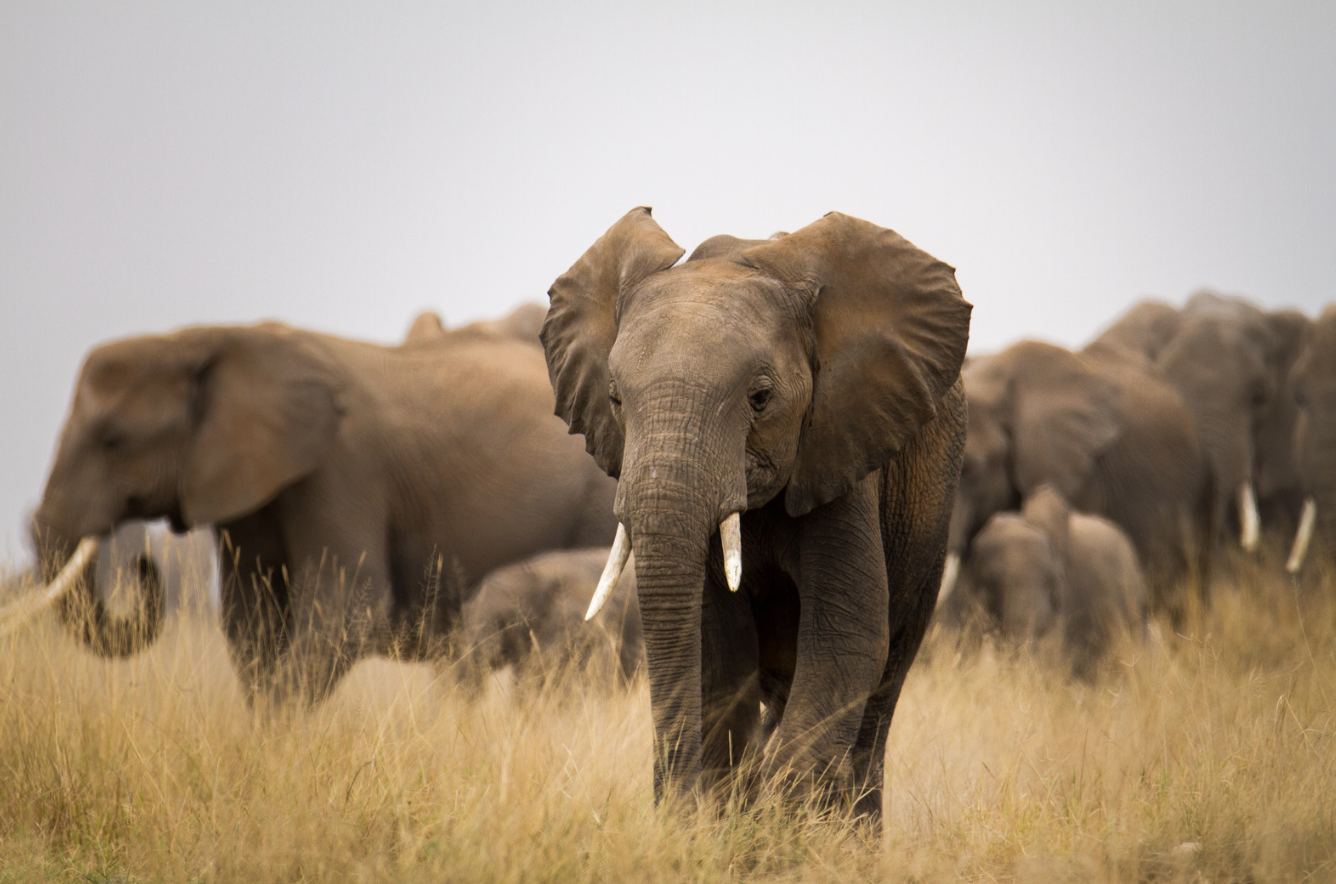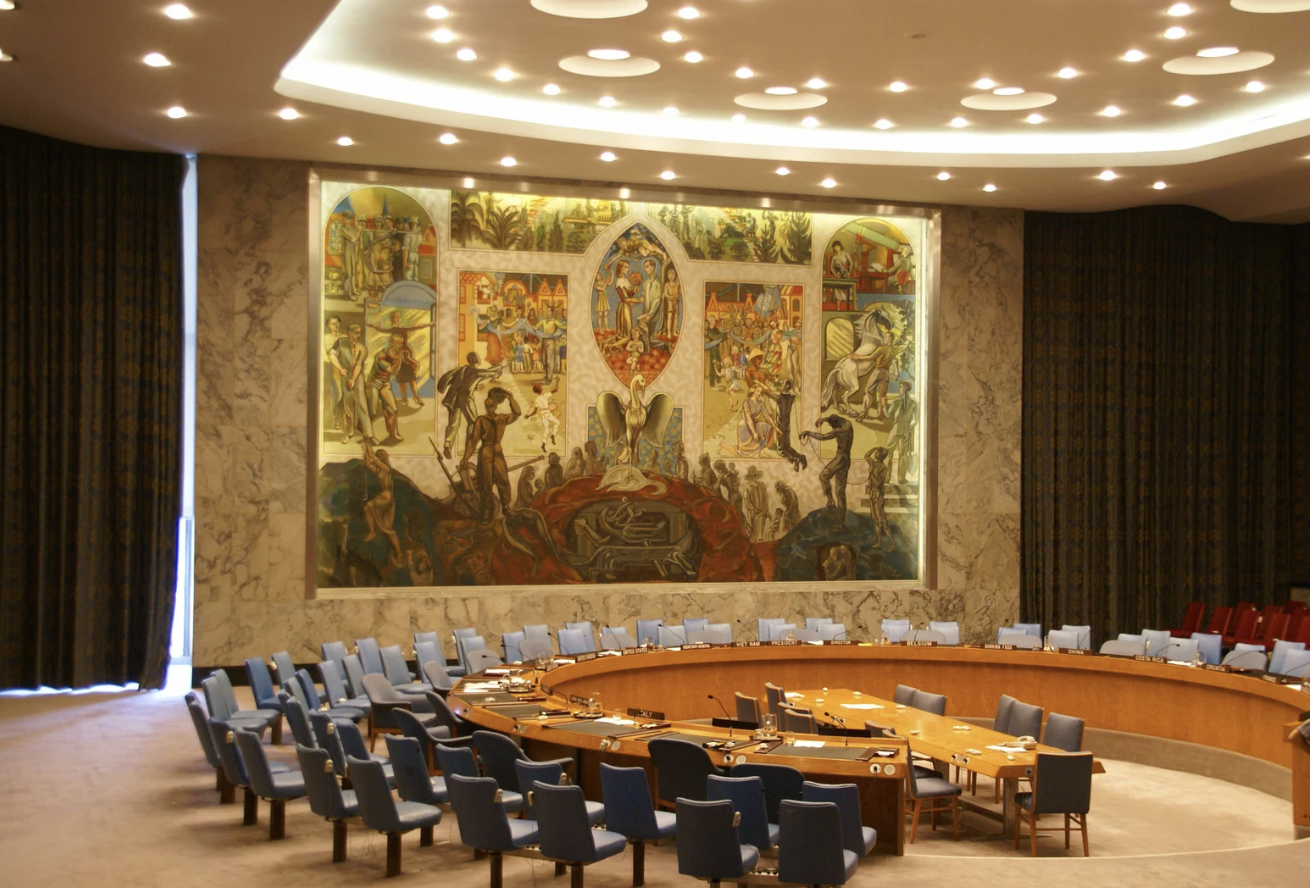Anúncios
Cutting down Dominican Republic woods for grazing is harming the water supply. Are fresh trees the natural answer to the crisis?
Dominga Reynoso twisted her rusty, squeaking tap above the sink. No drop came out. Even the pipes, which typically gurgled in anticipation, were quiet. Reynoso and her neighbors in Santo Domingo, the Dominican Republic’s capital, would be without running water for 22 days, a growing problem on Hispaniola, which the nation shares with Haiti.
The nation has depended on abundant natural water resources, which are available to public and commercial groups. Over the last century, that supply has been threatened. Higher tourism, mining, and agricultural needs have left less for locals.
“Economic and population growth are putting great pressure on the Dominican Republic’s traditionally bountiful water resources,” says World Bank senior water supply and sanitation expert Chloe Oliver Viola. “Reforms and greater investments are urgently needed to ensure sustainable use and safe water supply for businesses and households.”
The country is facing an unprecedented water crisis due to decades of deforestation for cattle grazing, natural disasters like hurricanes destroying infrastructure, and mismanagement of water resources, according to Francisco Núñez, Central Caribbean director of The Nature Conservancy, a nonprofit for water and land conservation. “We’re going through a severe drought,” he adds. Dead animals, poor harvests. We need nature to give water, therefore we must rehabilitate the environment.”
Núñez launched the Latin American Water Funds Partnership in 2011, attracting millions of dollars from global businesses to invest in water projects in Latin America and the Caribbean. The cooperation created guidelines for 24 regional water funds to define standards and best practices.
Originally from the Dominican Republic, Núñez led two water projects in his native country: one to restore three river basins in Santo Domingo and another in the highlands of the Yaque del Norte, the longest river in the nation. The Santo Domingo Water Fund’s Patricia Abreu states the funds’ goal is “to focus on nature-based solutions contributing to achieve water security for the future”.
The initiatives have increased tree canopies, handled water effectively, provided clean water to local populations, and empowered rural regions economically via environmentally friendly companies.
The Yaque del Norte river basin is the country’s second-largest urban region and home to major agricultural output, which has increased water user stress. “As an island state, we’re very vulnerable to climate change,” Abreu says. “And the effects are altering the way the water cycle works.”
Only 0.5% of Earth’s water is fresh for industrial, agricultural, and residential usage. Groundwater aquifers, freshwater lakes, and rivers provide the world’s water, but deforestation, habitat degradation, and urbanization threaten them. Latin America has the largest water sources, yet 36 million people need safe drinking water.
Núñez and Abreu believe the drought has persisted since 2015, despite little scientific study on environmental challenges in the nation. “It’s a huge challenge,” adds Abreu. “Our surface and subterranean aquifer data needs improvement as a nation. Little is known about their state. That knowledge is needed to make better decisions and address system degradation concerns.”
The Nature Conservancy has focused on data collection, education, and engaging all water users, from public utilities to private enterprises to rural agricultural communities. “Our aim is to get everyone involved, and everyone educated, on the importance of conserving and properly managing water,” Núñez explains. “This model is about everybody coming together to work on the same goal.”
The organization begins its operations at 10,000ft (3,030km) in the Cordillera Central, commonly known as Madre de las Aguas, at the commencement of the watershed environment. This region, which produces the Yaque del Norte, supplies 80% of the country’s water.
Roads sliced across the dry countryside, stripping native trees and grazing livestock on the once-green soil. “There’s an understanding now that if we want to fix the water crisis, we need to rebuild the watersheds,” adds Núñez.
The Nature Conservancy offered to assist small farmers in remote, hilly regions grow coffee or cacao crops, which minimize soil erosion and improve watershed water retention. They are economically important since the nation exports organic fair trade cocoa. Planting a desirable crop brings money into rural regions, so farmers will continue with it.
According to Francisco Núñez, farmers are inspired to join our initiative after seeing its success among neighbors.
The organization practices agroforestry by growing other plants to protect and produce coffee and cocoa. The approach also improves water resilience because trees transpire water from the ground and release it as vapour, causing local rainfall.
Farmers are also educated to monitor the area, enabling The Nature Conservancy gather data for future initiatives and development. “The technicians came and gave us courses and lectures on how to plant cacao,” explains Santo Domingo farmer Digno Pacheco. “Work is scarce in this little town. This cocoa initiative will allow us to harvest cacao, employ more people, and enhance our economy.”
Initially, farmers were hesitant to trust outside programs and lacked knowledge of watersheds, making it difficult to persuade them. After months of convincing the first few, “we have a waiting list”, he says. “Farmers see how well their neighbours are doing with our programme and they want to sign up!” Farmers are paid to grow trees, while The Nature Conservancy supplies seeds and fertilizers. No farmers have quit the project.
The initiative intends to improve water supplies in urban and rural populations and increase sanitation and waste treatment in watersheds that generate water for drinking, agriculture, and energy, benefiting more than 60% of the nation. Water conservation training for 370 Dominicans and restoration of 8,000 acres (3,237 hectares) of water-producing ecosystems were also completed.
“There’s no Plan B when it comes to water,” says Abreu, who has witnessed how mountain watershed management can benefit city residents like Dominga Reynoso. “Water security is so important for sustainable livelihoods, for human health and for economic development in countries like ours,” says. Six in 10 urban homes have inconsistent water supplies, and 40% spend 12% of their income on bottled water. More than two-thirds keep daily water in bottles or tanks.
Two-thirds of Dominican dwellings lack sewage treatment.
Water quality is as crucial as quantity, says Yaque del Norte project director Walkiria Estévez. Government-run taps in impoverished communities sometimes provide discolored and odorous water, putting residents at danger of cholera. In 2021, the World Bank determined that two-thirds of Dominican houses lack sewage hookups, contaminating groundwater. The Capital has the greatest rate of treated water, yet just 28% is treated, The Nature Conservancy observed.
“It’s a problem we really needed to tackle,” Estévez, “and so we started building artificial wetlands to naturally treat wastewater in rural and suburban for communities.”
The Nature Conservancy has developed 23 wetlands in Yaque del Norte, Nizao, Ozama, and Haina water basins, the largest processing 1,500 homes’ waste. The Nature Conservancy says these natural filtration systems, made of sand, gravel, and native plants like vetiver, remove pollutants by up to 98% without chemicals or power. The manually excavated basins collect water and discharge it via a conduit after filtering through silt. The water is either returned to rivers or utilized to irrigate community agriculture initiatives.
Since the wetlands were built, 300,000 cubic metres (10.6 million cubic feet) of sewage water is treated annually, diverting it from the rivers, which inhabitants still use for washing, cooking, bathing, and cleaning. The team taught instructors how to utilize the latest wetland in a school to teach pupils about ecology and the environment.
The Dominican Republic received $43.5m (£35.4m) from the World Bank to develop clean water and sanitation in two north coast communities. The initiative seeks to process wastewater for 90,000 people and deliver clean water for 105,000, including 12,700 first-time water users.
The government is implementing policy changes to solve the fragmented framework that encompasses water resources, irrigation, and sanitation services, which causes inefficient water management. The water and sanitation industry is in a “vicious cycle” (World Bank, 2021). The government also proposes a National Water Authority to provide water resource management rules. The government began an efficiency drive for state-owned water utilities in 2023.
Abreu fights for water as the government implements top-down legislative changes. “Most important to me is the way we integrate everyone in the country, to come together to cooperate for a greater objective,” adds. “Gathering data is important, but we’re translating the data to comprehensive projects that can actually respond to the challenge of water security.”
Results demonstrate the strategy works. Green grass covers the hills, robust trees with full foliage dot the landscape, and clear streams with vegetation along the banks distinguish restored territory from unspoiled terrain. It’s far better than Abreu and her team’s dry, parched circumstances a decade earlier.
They intend to quadruple their effect in 10 years by extending to 15 additional villages, providing clean water to 6,000 more people, and recovering 12,000 acres.




